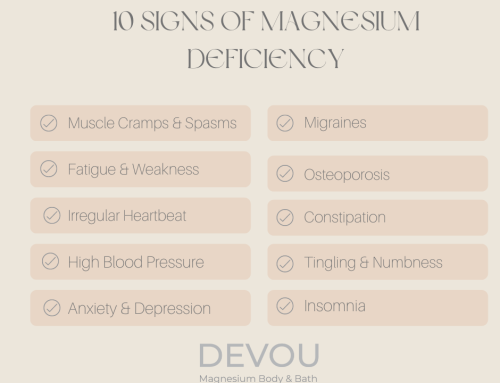Recovery from…
Whilst magnesium therapy for numerous conditions has been around since 1914 stemming from the work of Dr Delbert and Dr Noveu, more recent studies show that magnesium is valuable in analgesic therapy for the treatment of acute or chronic pain. This is due to its ability to block NMDS (N-methyl-D-aspartate) receptors and thus reducing pain sensitisation. Na et al, in their publication ‘The Role of magnesium in pain”, identified that Magnesium assisted to block NMDS receptors which are key in pain transduction or the messaging of pain. 1.
Other research shows that magnesium supplemented with approximately 400mg of magnesium over a 6 month study period reduced the perceived acute pain for those suffering from severe lower back pain and that those with diabetes could slow the progression of diabetic neuropathy by maintaining high levels of magnesium. Magnesium supplementation has been evaluated to show positive effect for dysmenorrhea, neuropathy, diabetic and chemo-induced neuropathy, tension headache, acute migraine, intra and post surgery pain.
Whilst the general population will consume some amounts of magnesium through their diet, the majority of the population consume much less than the recommended 320mg for women and 400mg for men.
Magnesium as in many oral forms have been found to cause many side effects with the most noticeable being diarrhoea, some have vivid dreams and others may even have heart palpitations. Magnesium applied via the skin will provide as much magnesium as your body requires and will not cause unpleasant side affects.
If you have any questions regarding magnesium and its role in the body please send me a message.
Jenny Charlesworth,
Clinical Nutritionist
1. Na HS, Ryu JH and Do SH. The role of magnesium in pain. University of Adelaide Press, Adelaide (AU) 2011.



Leave A Comment